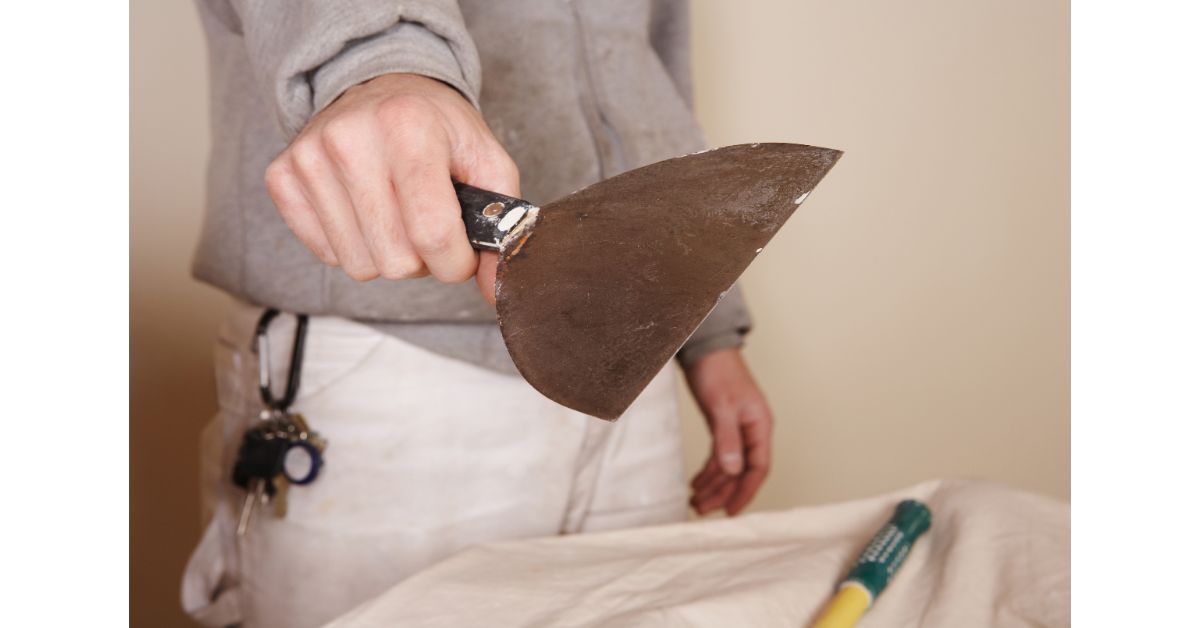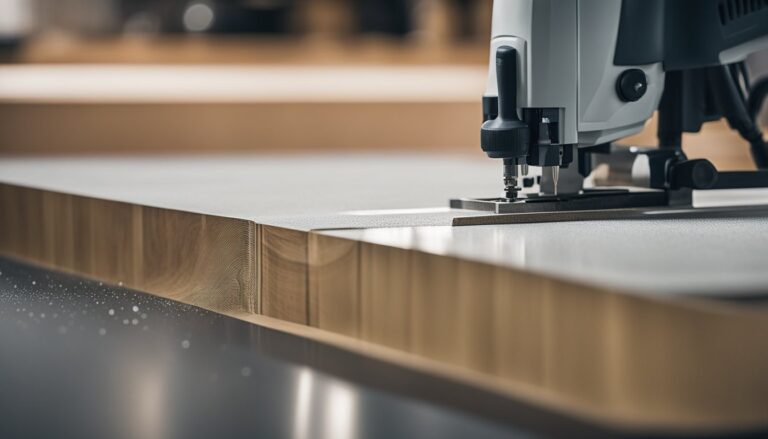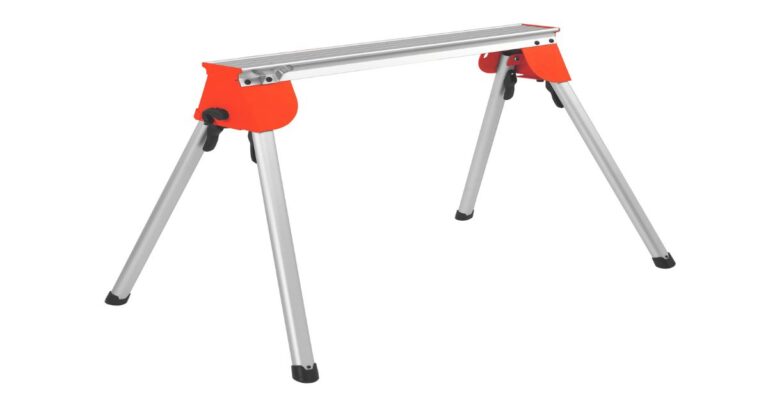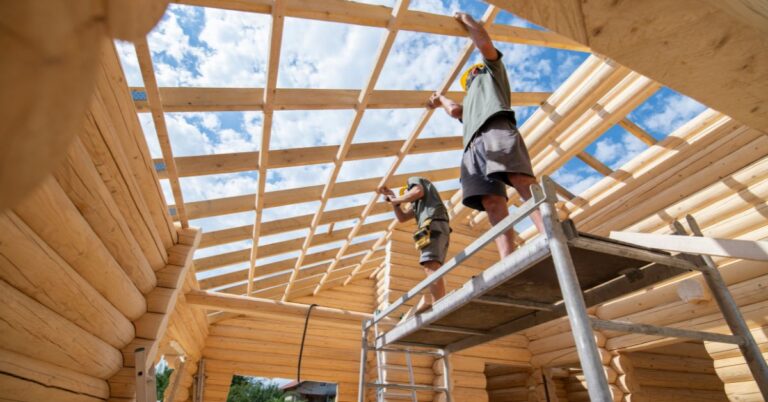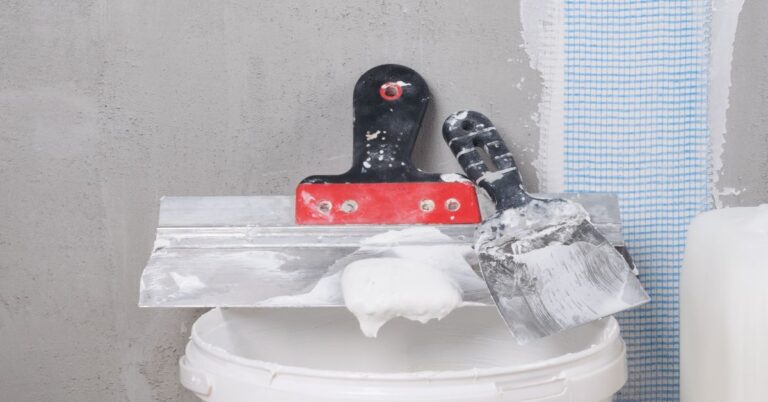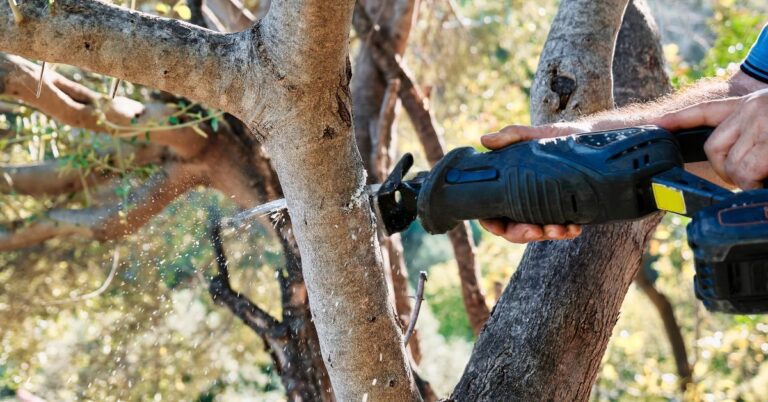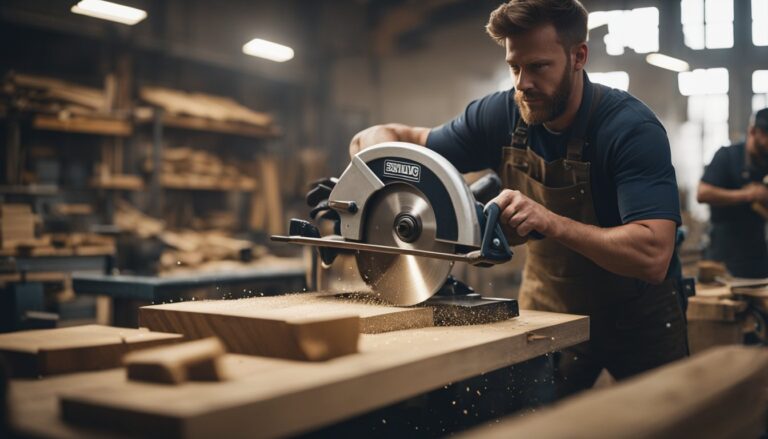Drywall Wipe Down Knife: Essential Tool for Professional Finishing
When tackling a drywall project, having the right tools can make all the difference. One tool that is crucial for achieving a smooth and seamless finish is a drywall wipe down knife. In this article, we will introduce this essential tool and provide some tips on how to use it effectively.
A drywall wipe down knife, also known as a finishing or smoothing knife, is a wide-bladed tool specifically designed for smoothing out the final layer of joint compound during the finishing stages of a drywall installation. It helps us create a flat, even surface that is ready for painting or other finishing treatments.
Utilizing a drywall wipe down knife allows us to maintain consistency across joints and corners, preventing defects like raised edges or visible seams. By mastering the technique of using this valuable tool, we can ensure our drywall projects have a professional-quality finish.
What Is a Drywall Wipe Down Knife?
A drywall wipe down knife is a tool we use to evenly distribute joint compound, also known as mud, on drywall seams and corners. It is designed with a wide, flexible blade and a comfortable handle to ensure a smooth and consistent application of the compound.
Typically, we use wipe down knives in the finishing process of drywall installation, specifically during the third and final coat of joint compound. The primary purpose of this tool is to blend the joint compound seamlessly with the drywall surface, resulting in a professional and flawless appearance.
These knives come in various sizes ranging from 7 to 24 inches in length. The size we choose depends on the specific drywall project and the width of the seams or corners we are working with. Some common features of a quality drywall wipe down knife include:
- A wide, flexible stainless steel blade to prevent rust and provide durability
- An ergonomic handle for better control and comfort during use
- Adjustable blade angles to suit various application techniques and preferences
While the drywall wipe down knife is a specialized and highly effective tool, it is essential to remember proper technique and adequate preparation of the joint compound are crucial to achieving the best results.
Types of Wipe Down Knives
As we explore the world of drywall finishing, we focus on wipe down knives, which are an essential tool for achieving seamless results. There are two primary materials that wipes down knives can be made from: stainless steel and plastic.
Stainless Steel
Stainless steel wipe down knives are a popular choice among professionals for several reasons. Firstly, the durability of stainless steel means that these tools are long-lasting and resistant to corrosion or damage. Secondly, the rigidity of the material allows for more efficient and even application of joint compound, minimizing the need for sanding afterward.
- Pros: Durable, corrosion-resistant, more efficient application.
- Cons: Heavier, more expensive.
Plastic
Plastic wipe down knives are a more budget-friendly option for DIY enthusiasts or those just starting in the drywall finishing industry. These knives are lighter and more comfortable to use for extended periods. However, they may not be as durable as their stainless steel counterparts, and they can be more prone to uneven application of the joint compound.
- Pros: Lightweight, budget-friendly, comfortable to use.
- Cons: Less durable, potential for uneven application.
When choosing a wipe down knife, consider factors such as your experience level, project type, and budget. With this knowledge, we believe that you’ll be well-equipped to make an informed decision about the right tool for your drywall finishing needs.
Features and Benefits
Smooth Finish
Using a drywall wipe down knife provides us with a professional, smooth finish on our drywall surfaces. The knife easily conforms to the contours of the wall, ensuring a consistent and even application of joint compound. This reduces the need for extensive sanding and additional touch-ups, providing our walls with a high-quality appearance.
Time Efficiency
With a drywall wipe down knife, we can achieve excellent results in less time. The tool’s design allows us to apply joint compound quickly and evenly. Additionally, the ease of use enables us to cover more surface area in a shorter amount of time, which in turn reduces the overall time spent on our drywall projects.
Ergonomics
The ergonomic design of the drywall wipe down knife ensures that we have a comfortable grip and optimal balance while working on our projects. This reduces the risk of strain or injury during prolonged use. Furthermore, an adjustable handle allows each user to select the best angle, ensuring maximum control and ease of use.
How to Use a Drywall Wipe Down Knife
Preparing the Surface
Before we start, it’s crucial to prepare the surface properly. Begin by removing any loose or damaged drywall, as well as any debris that may be present. It’s essential to have an even and clean surface to work with to ensure a smooth final result.
Applying Tape and Mud
Now that the surface is ready, we can move on to applying the tape and mud. Start by spreading a thin layer of joint compound on the seam using a taping knife. Next, lay the drywall tape along the entire length of the compound-covered seam, pressing it gently into place as we go. Finally, apply another thin layer of joint compound over the tape to embed it, using the knife to smooth out any excess compound and create an even surface.
Wiping Down the Joint
This is the stage where the drywall wipe down knife comes in handy. We begin by pulling the wipe down knife along the joint, using moderate pressure. The knife’s blade should be at about a 45-degree angle to the surface, allowing excess compound to build up as we move along the joint.
After we complete the first pass, inspect the joint for areas requiring further attention, such as bubbles or unevenness. Should we find any issues, it’s essential to correct these before moving on.
Next, we must allow the joint compound to dry before continuing with the process. Drying time may vary based on factors such as humidity and temperature but typically takes around 24 hours. Once dry, we can use the wipe down knife to make additional passes, applying more joint compound as needed until the joint is perfectly smooth and even.
The wipe down knife is an invaluable tool for creating a beautiful, seamless finish on our drywall. By following these steps and employing the knife effectively, we can achieve professional results that will make a significant impact on the overall appearance of our space.
Maintenance and Care
Proper maintenance and care of your drywall wipe down knife is essential to ensure its longevity and effectiveness in use. By following our recommended cleaning, storage tips, you can keep your tool in top shape for many projects to come.
Cleaning
After each use, it’s important to clean your wipe down knife to prevent buildup of drywall compound residue. To clean:
- Fill a container with warm, soapy water.
- Soak the blade in the water for a few minutes.
- Use a soft brush or cloth to gently scrub any remnants of drywall compound.
- Rinse the blade thoroughly with clean water and dry it with a clean towel.
Remember to avoid using abrasive cleaners or scrubbers, as this can damage the blade’s finish and affect its performance.
Storage
Proper storage of your drywall wipe down knife is equally essential to its maintenance. Consider the following guidelines:
| DO | DON’T |
|---|---|
| Store it in a clean, dry environment. | Leave it exposed to moisture or extreme temperature changes. |
| Place the blade guard or blade cover on to protect the edge. | Store it with other sharp tools that may nick or damage the blade. |
| Hang it vertically by the handle when possible. | Pile it with other tools, causing possible bending or warping. |
By adhering to these storage practices, you can prevent accidental damage to your wipe down knife and ensure it remains ready for the next drywall project.
Safety Considerations
When using a drywall wipe down knife, it is essential to prioritize safety. In this section, we will discuss some key safety points to consider when using this tool.
First and foremost, it’s important to choose the right size and type of wipe down knife for the task at hand. Using a knife that is too large or too small can potentially lead to accidents and injuries. Additionally, ensure the knife is in good condition, with no visible damage or defects.
Before starting work, ensure that the work area is clean and free of debris. This reduces the risk of slipping or tripping while using the wipe down knife. Always make sure to wear appropriate personal protective equipment (PPE), such as:
- Protective eyewear
- Gloves
- Long-sleeved clothing
- Non-slip footwear
Always maintain a firm grip and use proper technique when using the wipe down knife. Incorrect handling can result in injury to yourself or others in the area. To prevent overreaching and losing balance, position yourself close to the work area and avoid overextending your arms.
Lastly, it’s crucial to clean and store the wipe down knife safely after each use. Sharp tools can cause injury if not properly stored or if left in areas where they can be accidentally picked up or stepped on.
Selecting the Right Wipe Down Knife
When working with drywall, it’s essential to select the right wipe down knife for a professional finish. In this section, we will discuss key factors to consider when choosing the ideal wipe down knife for your project.
First and foremost, consider the size of the knife. Wipe down knives come in various lengths, typically ranging from 7 inches to 24 inches. Larger knives are great for covering more surface area quickly, while smaller knives offer more precision and control. Determine the size that best suits your needs based on the scale of your project and your level of experience.
Next, pay attention to the knife’s build quality and materials. We recommend choosing a knife with a stainless steel blade, as it offers better durability and resistance to rust. The handle should be comfortable to grip, with ergonomics that allow for prolonged use without causing hand fatigue. Some wipe down knives also come with adjustable handles or extension poles, which can provide added convenience and access to hard-to-reach areas.
Here are some other features to consider when selecting your wipe down knife:
- Blade flexibility: A more flexible blade allows for smoother finishing on curved surfaces, while a stiffer blade provides better control on flat surfaces.
- Edge style: Some knives have rounded edges to minimize gouging the drywall, while others have sharper edges for precise cutting and shaping.
- Price: Stick to your budget, but remember that investing in a high-quality knife can save you time and frustration in the long run.
In conclusion, taking the time to carefully select the right wipe down knife for your specific needs will result in a more efficient and professionally finished project.

